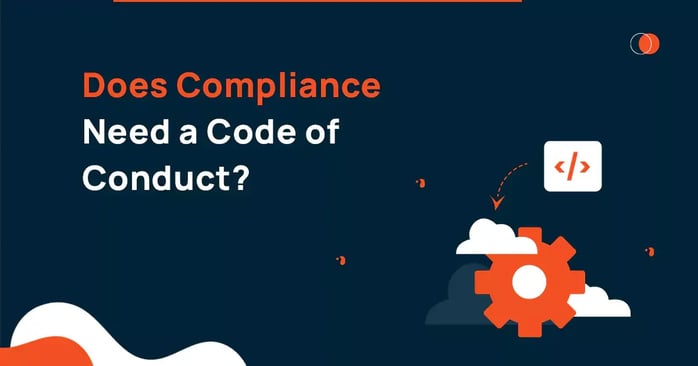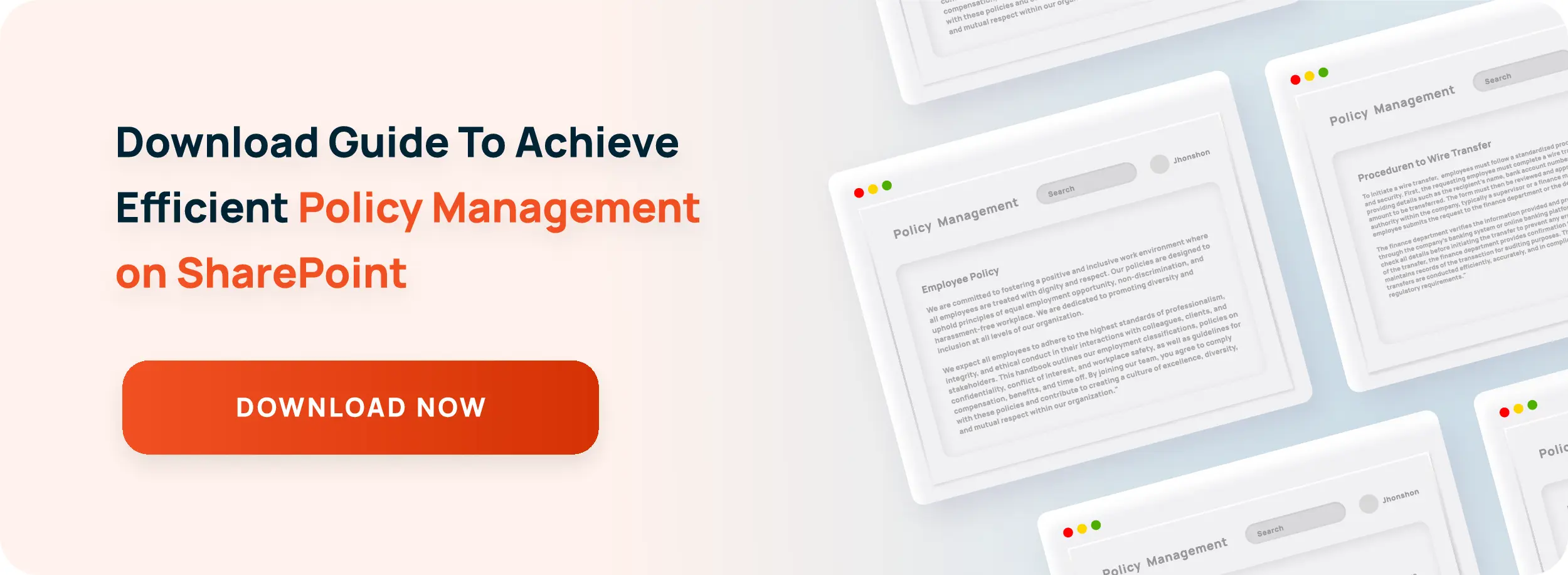Does Compliance need a Code of Conduct?

Compliance Software - Code of Conduct
Compliance typically proves to be much easier to comprehend than to implement as an organizational practice. The requirement to follow all relevant industry regulatory standards and policies is a straightforward concept to grasp for most corporations unless they make a conscious choice to follow a different path that prioritizes profit over professional practice.
How companies choose to approach the issue of compliance speaks volumes about their integrity. When you start from a point of commitment to full compliance, the consequent strategic decisions are easy to outline. Policies and procedures can be developed to ensure that the expectation of full compliance is made clear and that documentary evidence is kept to verify all relevant conduct. However, failure to support that commitment with the necessary tools will make the process far more challenging. Resources are wasted chasing vague policy briefs and confusing contracts, and audits quickly become frenzied scrambles to locate documents and back-fill missing paperwork in order to pass.
When regulatory standards are dismissed as mere guidelines or, even worse, unnecessary obstacles, operational practices can become far more complicated. If the message from above is that compliance is a nuisance that can be ignored for the most part (and dealt with later if a transgression or spot-inspection should occur), the impact of that message on the overall corporate culture will be significant. Ignoring compliance offers a de facto endorsement of corner-cutting and low quality standards to achieve the lowest possible cost.
Employees will be quick to embrace that message and lower their performance standards accordingly. Those that take pride in the quality of their work will find alternative opportunities with companies that are committed to professional practice. The downward spiral will continue until a compliance transgression is revealed, or a spot-inspection results in penalties or a temporary shutdown until the issues are addressed. By then, the cost to fix those issues could well exceed any cost savings realized by ignoring compliance requirements.
Having the tools in place to manage compliance is only one critical part of an equation that is vital to the long-term growth of your business. Unless compliance is managed as an expression of ethical conduct, it will never be more than an administrative burden to those employees tasked with the responsibility of keeping policies and contracts current. Attestation forms will be signed as a matter of course, but the true meaning behind those policies will be lost. Without a clear code of conduct that explains how a commitment to full compliance supports a broader organizational commitment to operational excellence, policies and procedures will never be anything more than paperwork.
Our comprehensive Compliance Software solutions can help you to clearly delineate and document your processes and procedures so that your employees understand the critical role that compliance plays in professional practice. Operating on one secure SharePoint portal using templates built on industry best practices, you can manage every element of compliance workflow from policy and contract creation to management and ongoing renewal. Secure access mitigates the risk of loss of version control, and the real-time dashboard provides up-to-the-minute status reports.
To learn more about our compliance software now available on SharePoint On-Premise, SharePoint Online via Office 365, and as a Software-as-a-Service, schedule a demo now.
Trim Down Overly Long Policies and Processes
When creating the first drafts of your policies and procedures, your team will have a long list of elements that must be incorporated. Fleshing them out and making sure they are thorough and address every key point is imperative, but remember to keep it concise. The more pages your policies and procedures are, the harder it will be to understand them and gain insight from, especially with your employees. If some of the information is not crucial, consider other channels to communicate it, like videos, manuals, and other visual content.
Leave Out Unnecessary Parties
The more eyes on your policies and procedures, the more steps involved in the process to take them along the creation, distribution and acknowledgement phases. Organizing all of these parties to be on the same page can be a tedious and time-consuming task, delaying your policy management processes even longer. Since many materials and documents are exchanged during the processes, complications and issues are more likely to occur. Consolidating your policy management processes with fewer people can help simplify them while still retaining all needed key points and information.
Monitor the Number of Reviews and Checks
Policy management processes tend to feature a large number of steps, reviews and inspections for relevant parties to take a look at. Although an organization wants their processes to be thorough, having unnecessary steps further slows down the process. Schedule reviews and checks as you see fit, but remember not to overdo them in fear of further complicating your policy management processes. Instead, try implementing reviews and checks at critical points in your processes, rather than scheduling them at every opportunity you get. You will save lots of time and only implicate the necessary parties.
Simplify and Shorten Your Processes
Communicating your policies and procedures across your entire organization is challenging considering the scope of all your employees. If your processes are too complicated to read, chances are your expectations are not coming across to your employees. Strive to keep your policies and procedures short and concise to ensure easy readability and to break up certain sections. Your employees will appreciate the fact they are able to fully understand your organizational policies and procedures, along with avoiding any miscommunication or confusion along the way.
Another method of streamlining and simplifying your policy management processes is through ConvergePoint’s Policy Management Software and Office 365 Add-In . Our solutions manage the full policies and procedures lifecycle of your organization and allow you to gain a firm grasp on the policy creation, distribution and acknowledgement phases. Additionally, our policy management solutions help your organization reach regulatory compliance while effectively communicating your expectations.
Talk to a compliance specialist to learn how our Policy Management expertise can be applied to your business by scheduling a demo now.

